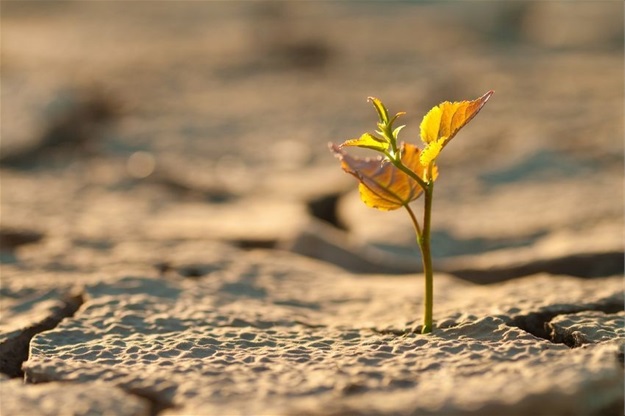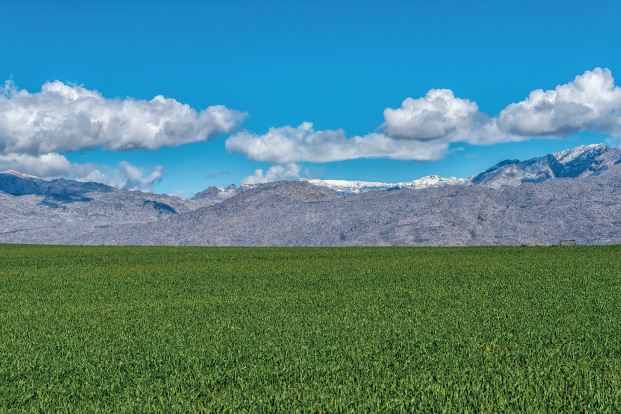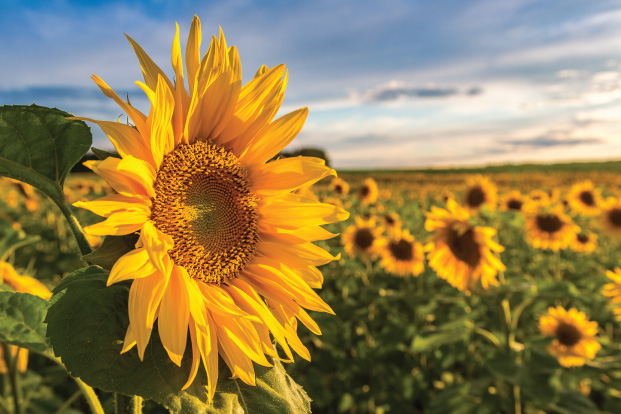Climate change has had a negative impact on agriculture

Sugar beans: A good harvest against the odds
October 23, 2018
South Africa’s Table Grape Industry experiences growth this 2018-2019 season
October 26, 2018
World hunger has risen for a third consecutive year, according to the United Nations’ annual food security report. The total number of people who face chronic food deprivation has increased by 15 million since 2016. Some 821 million people now face food insecurity, raising numbers to the same level as almost a decade ago.
The situation is worsening in South America, Central Asia and most regions of Africa, the report shows. It also spotlights a troubling rise in anemia among women of reproductive age. One in 3 women worldwide are affected, with health and developmental consequences for them and their children.
From 2005 to 2014, global undernourishment was on the decline. But the rate of decline continuously eroded, like a car moving forward at an ever-decreasing speed. Several years ago it stopped altogether, and world hunger started to climb once more. Among the factors driving this reversal was climate change.
While malnutrition and food insecurity begin at the household level, hunger is everyone’s business. The damage wrought by hunger on communities can provoke regional instability and conflict that can extend beyond impacted areas. For example, drought and crop failures in Central America are among the drivers of immigration across the U.S. border.
Climate, weather and crops
The causes of food insecurity are complex and interrelated. In our recent book, “How to Feed the World,” a collection of essays from leading researchers, we review pressing challenges. Among them, climate change emerges as a troubling problem that influences all others.
Earth’s climate has swung into and out of ice ages since the dawn of time. In the last 50 years, however, things have changed. Average global temperatures have increased ever more quickly, with new recorded highs in 2014, then again in 2015, and again in 2016.
Climate change is also increasing the severity and frequency of extreme weather events, such as powerful storms and droughts. As a result, some regions of the world are getting wetter, including the northern United States and Canada, while others are becoming drier, such as the southwestern United States. In the U.S. Midwest, heavy rainfalls events increased by over a third from 1958 to 2012.
Agriculture is one of the industries that is most exposed and vulnerable to climate change. Crops and livestock are extremely sensitive to temperature and precipitation. A late spring frost can be devastating, and a heat wave during the flowering stage can result in sharply reduced yields. In short, agriculture is the “Goldilocks industry.” The weather should not be too hot or too cold, and rainfall must be “just right.”
Producing enough food for everyone in the world depends heavily on climate. This means that it will be impossible to curb hunger without preparing for and adapting to climate change.
Click HERE for the full article.
Sourced: Bizcommunity



